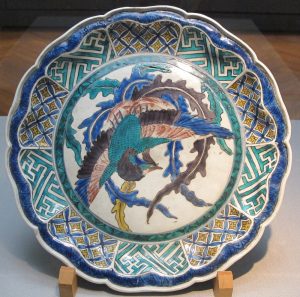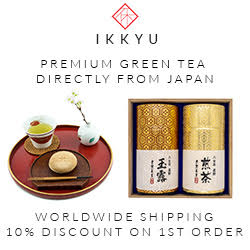
Porcelain, a white, translucent, and non-porous material, was invented in China more than a thousand years ago.
This ceramic is made with kaolin clay, and fired at a high temperature.
Although nowadays we consider porcelain to be a common material, it wasn’t easy to make at the time.
For example, it took Europe up to the beginning of the eighteenth century before they discovered how to produce it.
In Japan, it happened at the end of the sixteenth century.
How Japanese porcelain production began
Japan has produced earthenware and stoneware since ancient times.
But even though the Japanese had been importing Chinese porcelain for an extended period, they couldn’t figure out how to replicate the process.
It’s said that during the Japanese invasions of Korea (1592–1598) ordered by Toyotomi Hideyoshi, Korean potters were taken captive and brought to Japan.
With the expertise of these potters, and the discovery of kaolin clay in the town of Arita in Saga prefecture, the Japanese porcelain industry was born.
Hizen province was an old area that encompassed Saga and Nagasaki prefecture.
So, Japanese porcelain is generally called Hizen ware (Hizenyaki).
However, the name Imari ware (Imariyaki) became better known because the porcelain traveled both outside and into the rest of Japan through Imari port, which is close to Arita town.
Depending on the style, technique used and other factors, there is Kutani, Kakiemon, and Nabeshima ware, for example.
Trade with Europe
Europeans were used to buying Chinese porcelain (and tea), but China was in turmoil during the seventeenth century because of the transition from the Ming dynasty to the Qing dynasty.
Thus, Japanese porcelain had a great opportunity.
In 1641, the Japanese government gave the Dutch East India Company a monopoly on European trade.
The first orders consisted of a few thousand pieces of porcelain, but in less than a decade they would increase tenfold.
Japan started by copying Chinese designs, and later on there was feedback from the Dutch about what styles and designs would sell better in Europe.
Over time, Japanese porcelain acquired its own design and different innovations were applied.
The Chinese resumed trade in 1684, but by then Japan had a large share of the market and much recognition.
In 1708, Ehrenfried Walther von Tschirnhaus discovered how to make porcelain.
During the 1720s China managed to have a lower price and a high quality, so Japanese porcelain exports declined.
To make matters worse for the Japanese porcelain industry, European porcelain production expanded later on, which caused the demand for imported porcelain to fall.





August 14, 2024
Thanks for continuing the blog Ricardo!
August 15, 2024
Thanks! I learned something new today.